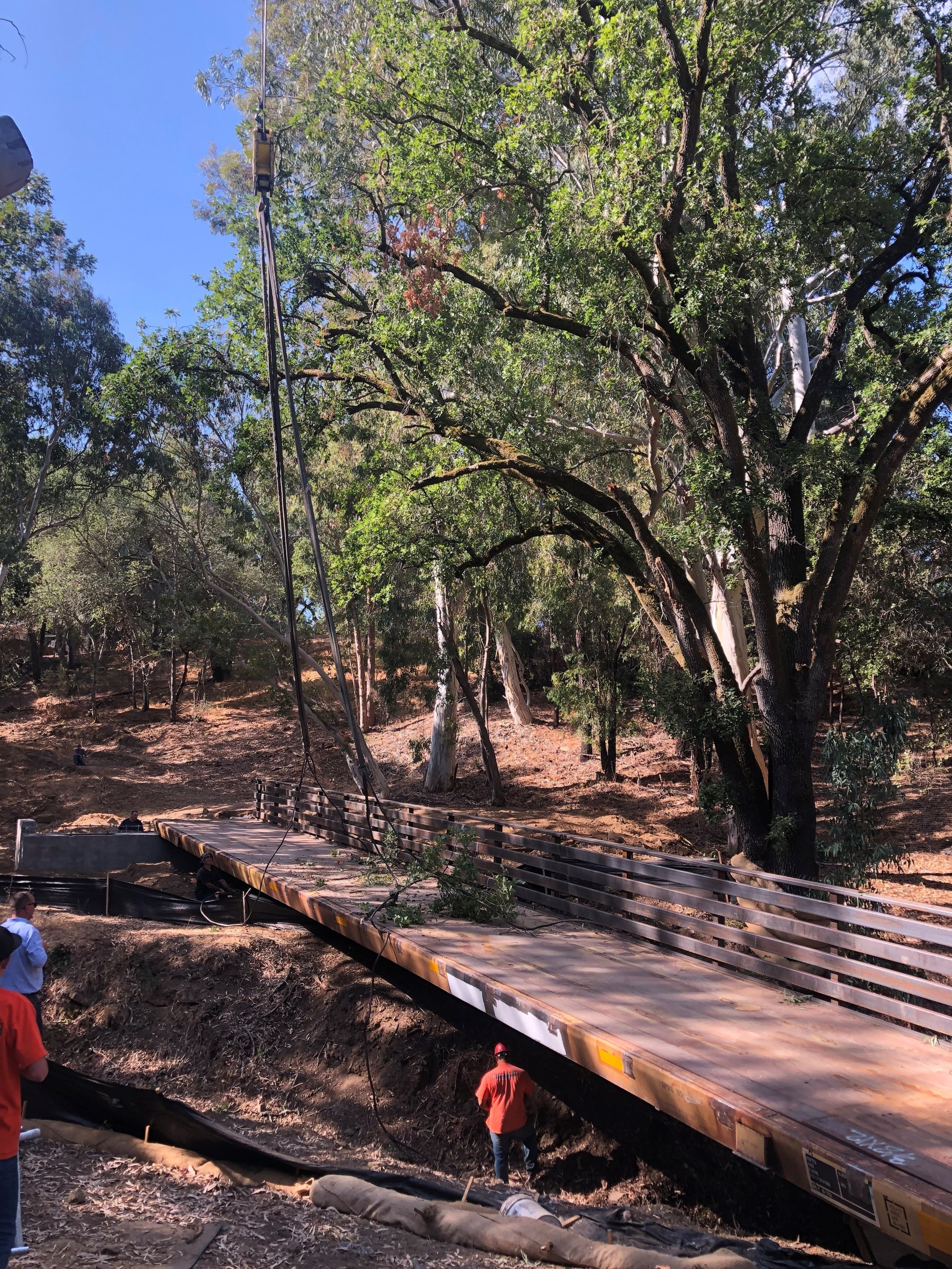California Lake and Streambed Alteration Program
Written By: Rebekah Jensen
In California, we often think about water shortages. But how often do we stop and consider the vast network of aquatic resources we actually have? With over 176,000 miles of rivers and streams, we could run our waterways around the earth more than seven times. Add to that some 3,000 lakes, reservoirs and countless ponds, and the picture gets even wetter.
Our lakes and streams run the gamut from the glittering Tahoe to the brackish Mono, and from the crashing Kings to the dry creeks of the Central Valley. Each tells its own ecological story, and all play a critical role in sustaining native plant and animal communities.
With its mission to “manage California’s diverse fish, wildlife, and plant resources, and the habitats upon which they depend,” it’s no wonder that the California Department of Fish and Wildlife (CDFW) has been tasked with ensuring that human alteration of the state’s lakes and streams will not harm fish and wildlife. This authority is granted to CDFW by California Fish and Game Code Section 1600 et seq and is carried through CDFW’s Lake and Streambed Alteration Program.
Fresno River Vegetation Management. Photo By: Geoff Cline
What is the Lake and Streambed Alteration (LSA) Program?
The Lake and Streambed Alteration (LSA) Program is CDFW’s process for reviewing proposed development projects and other activities in and around California’s natural bodies of water, and places limits on these activities for the protection of fish and wildlife. Program participation is required if a project will divert, obstruct, change, or otherwise impact rivers, streams, or lakes. In practice, this means that CDFW must be notified of activities affecting such waters and be given an opportunity to impose measures for the protection of species and habitats through the issuance of a Lake or Streambed Alteration Agreement.
What does it mean to “notify” CDFW?
It’s not as simple as picking up the phone. Rather, it’s a comprehensive application process involving forms, supporting exhibits and narratives, explicit environmental commitments – and yes, fees. As recently as 2020, CDFW would only accept these materials via snail mail, but now most notifications are completed online using CDFW’s Environmental Permit Information Management System (EPIMS).
After CDFW has received a notification and associated fees, and has determined that the notification is complete and fees are correct, LSA Program staff take a deeper look at the project in question. This “deep dive” has two primary aims. First, they must confirm that notification was, in fact, warranted. If they find that the project in question will not substantially alter a river, stream, or lake, they will provide written notice to that effect and refund the notification fee. Second, they must determine whether the project will substantially adversely affect existing fish and wildlife resources. If it will, a Lake or Streambed Alteration Agreement (LSAA) is required. If it won’t, no LSAA is required, but the project applicant must commit to carrying out their work exactly as described in the notification.
What is a Lake or Streambed Alteration Agreement?
Saratoga Hills Bridge Project. Photo By: Nathan Hale
A Lake or Streambed Alteration Agreement is a permit issued by CDFW for work in or near natural water bodies, conditioned upon certain protections for fish and wildlife. Such protections are approached at the ecosystem level; in other words, LSAAs go beyond trying to prevent individual animals from being harmed by establishing safeguards for the lake or stream environment as a whole, including its soil, vegetation, and water quality.
What might an LSAA’s protective measures look like? No two LSAAs are identical, but common measures include:
Surveys for threatened, endangered, and other sensitive plant and animal species
Surveys for nesting birds and roosting bats
Construction setbacks around sensitive resources
Biological monitoring during construction activities
Replacement of any impacted riparian trees and shrubs
Revegetation of exposed soils
Best management practices for erosion control and pollution prevention
Invasive plant removal
Environmental awareness training of construction personnel
Although an LSAA is not so much an “agreement” between parties as an authorization by a regulatory agency, project applicants do have a seat at the table in LSAA development and issuance. Applicants are given time to review a draft of the LSAA, and to accept or reject the measures contained within. If the draft LSAA’s measures are not acceptable to the applicant, LSA Program staff must meet with the applicant to try to resolve the disagreement. In some cases, a panel of arbitrators may be appointed to assist with this process.
What happens after you receive a Lake or Streambed Alteration Agreement?
Ash Slough Invasive Plant Removal Project. Photo By: Rebekah Jensen
With a Lake or Streambed Alteration Agreement in hand, a project applicant can just grab a shovel and get to work, right? Well… not necessarily.
In addition to an LSAA, projects that impact lakes and streams may also need Clean Water Act Section 404 and 401 permitting, environmental review pursuant to the California Environmental Quality Act (CEQA), and – if threatened or endangered species are present – incidental take authorizations under the federal Endangered Species Act (ESA) and California Endangered Species Act (CESA). But these are topics for another day.
CDFW’s Lake and Streambed Alteration Program is a vital tool for conserving fish and wildlife in California. By preventing degradation and misuse of natural water bodies, the program protects the myriad plant and animal species that depend on these waters and nearby habitats, and is critical to maintaining the rich biodiversity for which California is known.
Live Oak Associates provides a comprehensive range of biological consulting services to organizations throughout California. Partner with us to discover how our team can help you with your next project.



